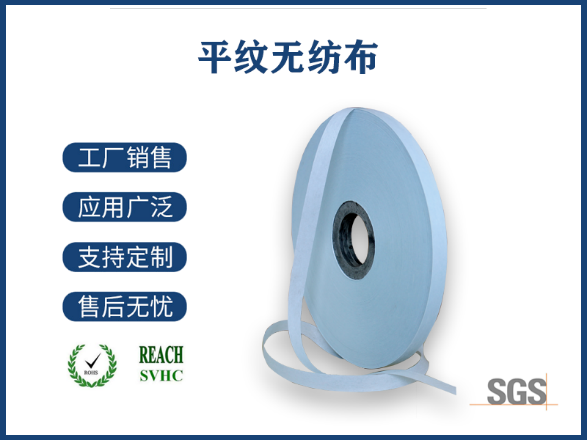
Title: Understanding the Pronunciation of Non-woven Fabric in English In today’s global market, non-woven fabric has become a popular material across a variety of industries due to its versatility and durability. For those who are new to this innovative textile or for professionals looking to expand their knowledge, knowing how to correctly pronounce “non-woven fabric” in English is essential for effective communication. The term “non-woven fabric” refers to a fabric-like material made from staple fibers that are bonded together by chemical, mechanical, heat, or solvent treatment rather than being woven or knitted. This process results in a unique texture that offers a range of applications, including medical supplies, packaging, agricultural products, and personal hygiene items. To pronounce “non-woven fabric” in English, one would say “non-wuhv-en fay-brik.” Breaking it down phonetically can help with correct pronunciation: “non” sounds like “non” in “nonsense,” “wuhv” rhymes with “love,” and “en” as in “hen,” while “fay” is pronounced like “day,” and “brik” rhymes with “brick.” Mastering the pronunciation of industry-specific terms such as “non-woven fabric” not only aids in smoother international business transactions but also enhances professional credibility. It reflects an understanding of the product and an awareness of the nuances involved in cross-cultural communication. Furthermore, for those working in export or import businesses that deal with non-woven products, being able to correctly articulate the term can prevent misunderstandings that could lead to costly errors. It also facilitates clearer technical discussions with suppliers, customers, and colleagues from diverse linguistic backgrounds. In conclusion, knowing how to pronounce “non-woven fabric” accurately is more than just a matter of correctness; it is a tool that can enhance communication, streamline operations, and promote a more professional image in the non-woven fabric industry. As the demand for sustainable and efficient materials grows, so does the importance of clear and precise terminology.




 客服QQ
客服QQ